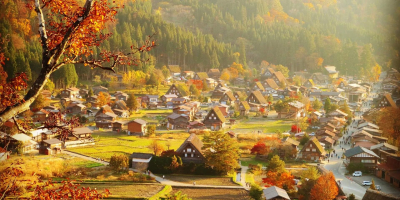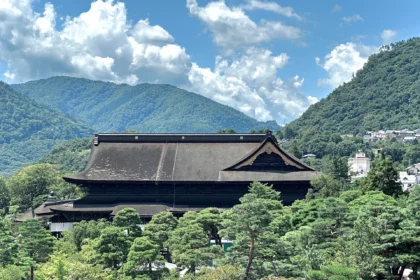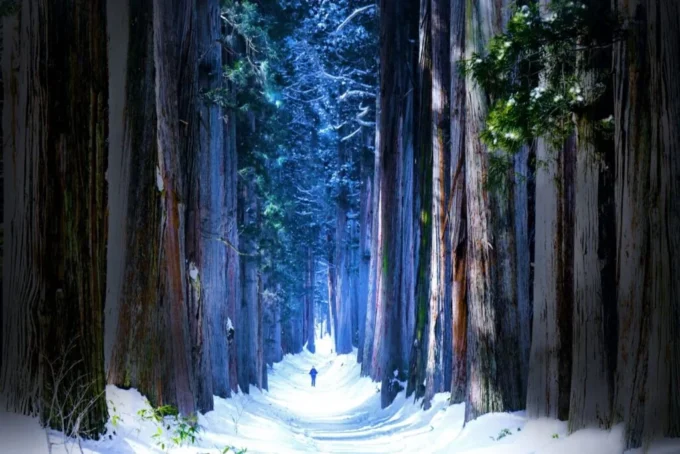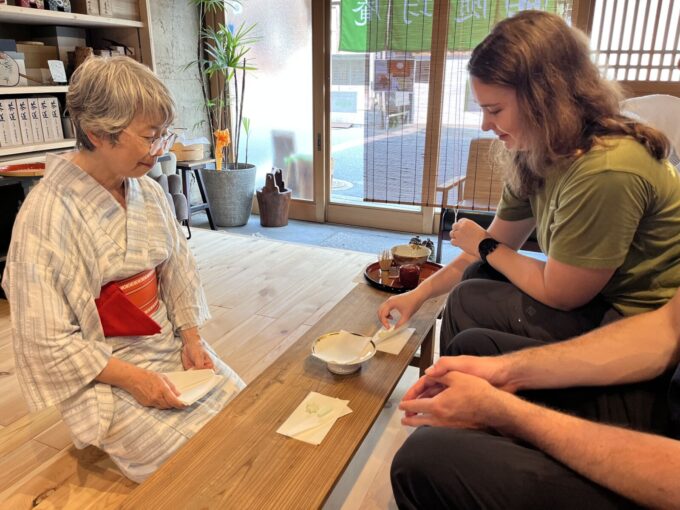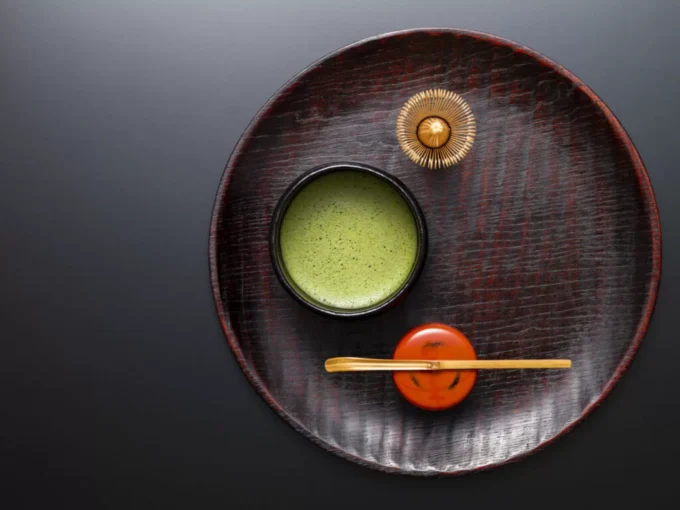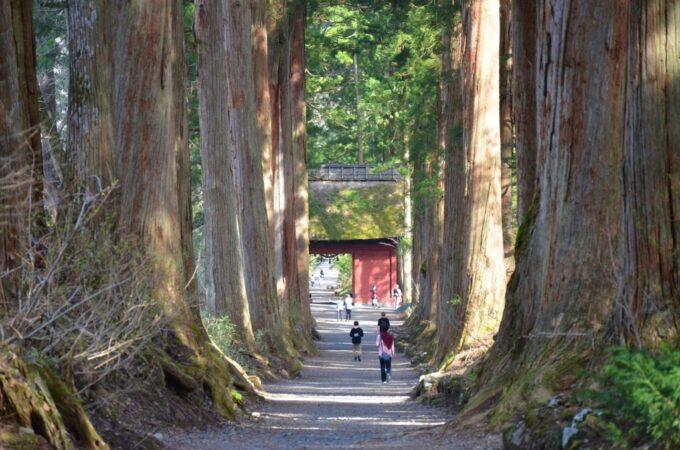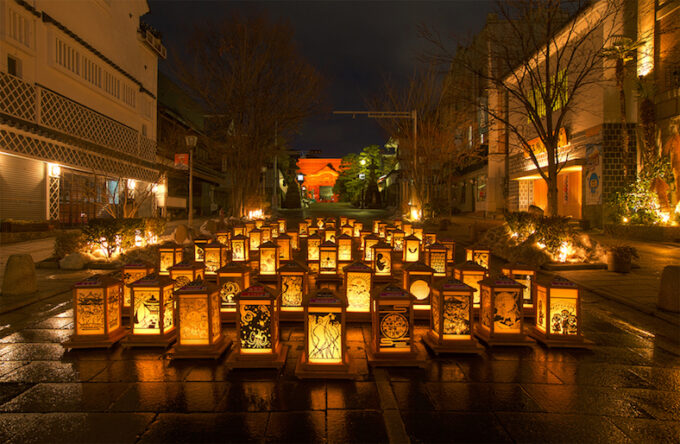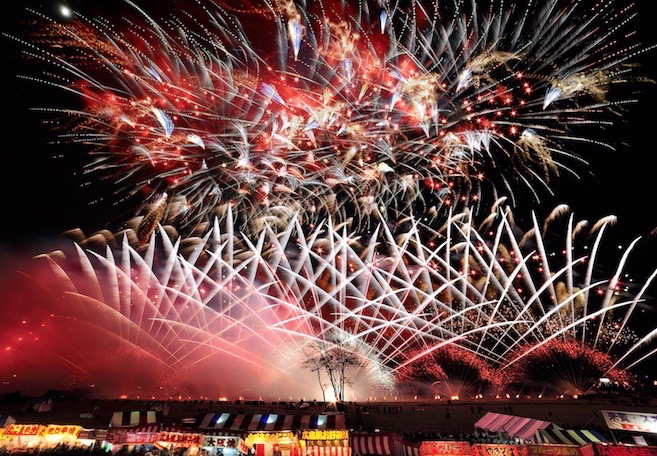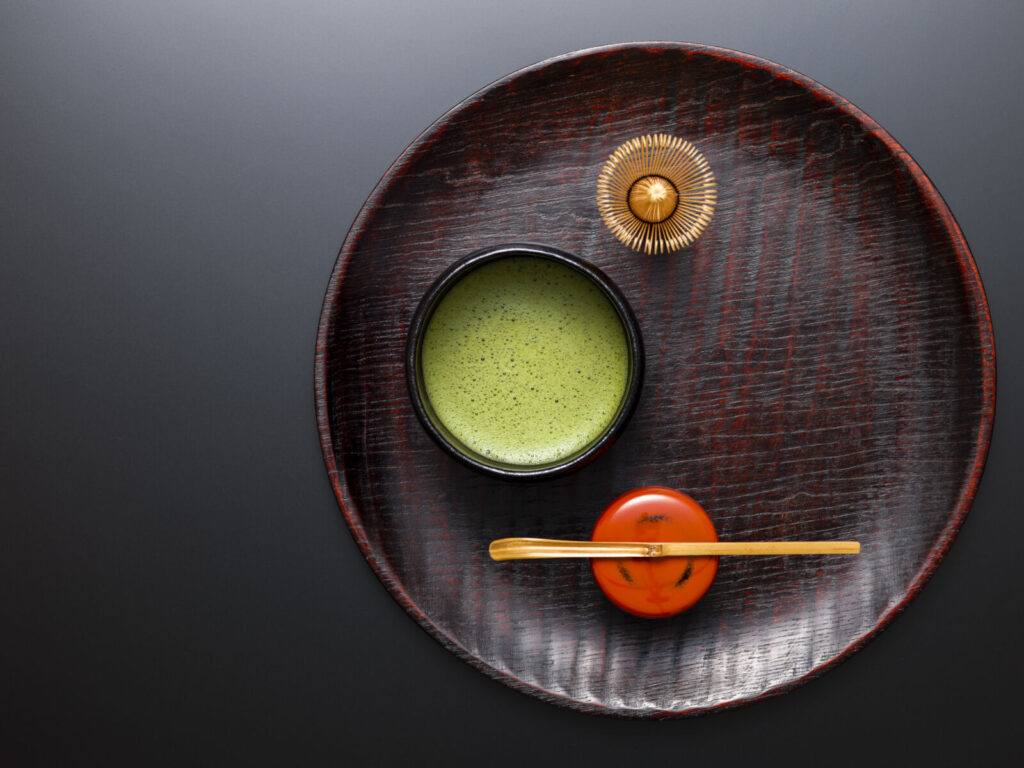
Nagano is a premier destination in Japan to explore rich religious heritage and vibrant cultural traditions. From ancient Buddhist temples to sacred Shinto shrines, traditional tea ceremonies, and samurai heritage, Nagano offers travelers authentic spiritual and cultural experiences. This guide highlights the top 10 must-try religious and cultural activities in Nagano for visitors seeking meaningful and immersive encounters with Japan’s historic roots.
Many of the religious and cultural experiences in Nagano featured on this list are available year-round, allowing visitors to connect with Japan’s spiritual heritage regardless of the season. This list is presented in no particular order, as each experience offers unique insights and memorable ways to explore Nagano’s rich traditions.
1. Experience the Mystical Kaidan Meguri: Zenkoji Temple’s Underground Passage
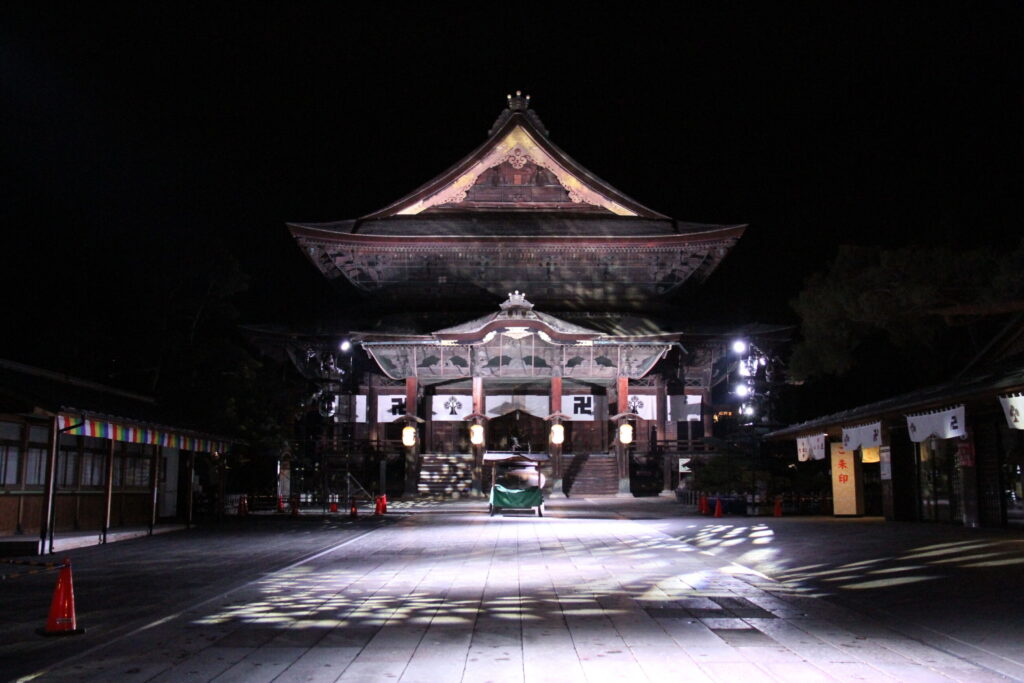
The Kaidan Meguri is a captivating underground passage located beneath the main hall of Zenkoji Temple, one of Japan’s oldest and most venerated Buddhist temples and home to the oldest statue of the Buddha, founded over 1,400 years ago. This dark, winding tunnel symbolizes the Buddhist journey from ignorance to enlightenment—a powerful metaphor deeply embedded in Zenkoji’s spiritual heritage.
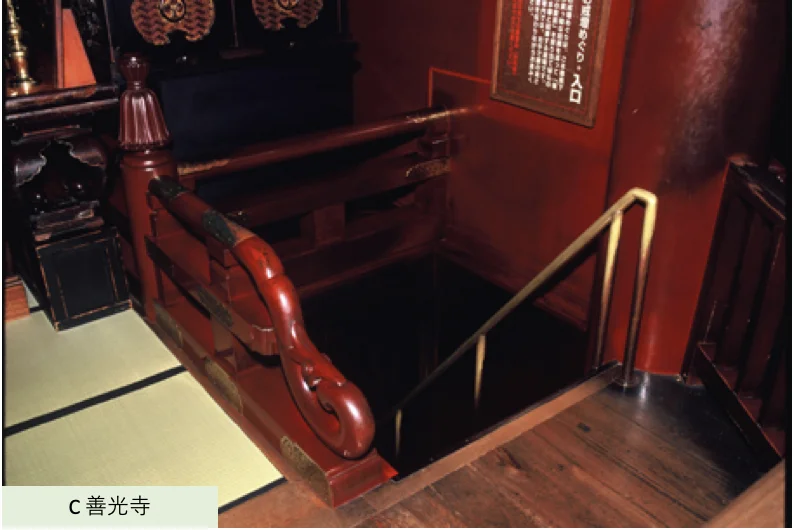
Visitors enter the completely pitch-black maze, where sight is replaced by touch, encouraging introspection and heightened awareness. The path leads to a sacred stone called the Key to Paradise (or Key to Enlightenment), which pilgrims traditionally touch to symbolize the unlocking of spiritual awakening, communing with the unseen "Hibutsu" Hidden Buddha Statue, which is the first known statue of the Buddha to have ever come to Japan. This immersive experience evokes a sense of rebirth, as if passing through the darkness of the material world into the light of spiritual understanding.
Best Selling
1-Day Tour: Snow Monkeys, Zenkoji Temple & Sake in Nagano
- Spots:
- NaganoSnow MonkeyHakuba
- Pick-up:
- Nagano CityHakuba
- Drop-off:
- Nagano CityHakuba
2. Walk the Sacred Kodo Pilgrimage Trail Connecting Togakushi Shrines
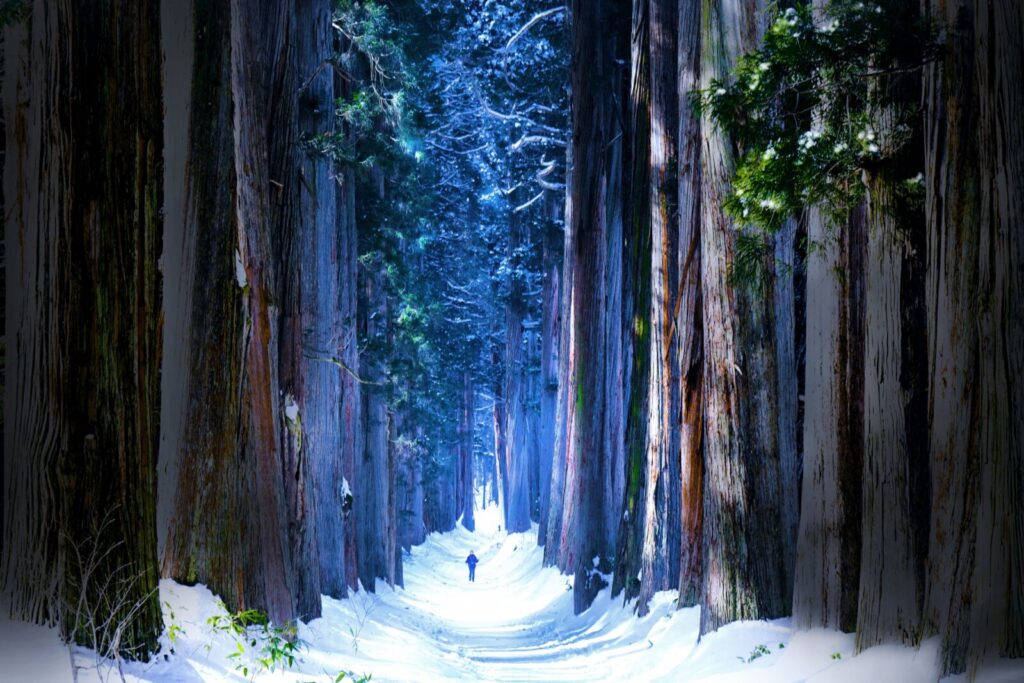
The Togakushi Kodo is an ancient pilgrimage route that winds through the forested mountains of Nagano, connecting the five shrines of the Togakushi Shrine complex—Hokosha (Lower Shrine), Hinomikosha, Chusha (Middle Shrine), Kuzuryusha, and Okusha (Upper Shrine). This path, featuring giant cedar trees, has been walked for over 1,000 years by ascetics, mountain mystics (yamabushi), and everyday pilgrims seeking spiritual power, purification, and communion with nature. It is easily accessible via public bus lines in Nagano City.
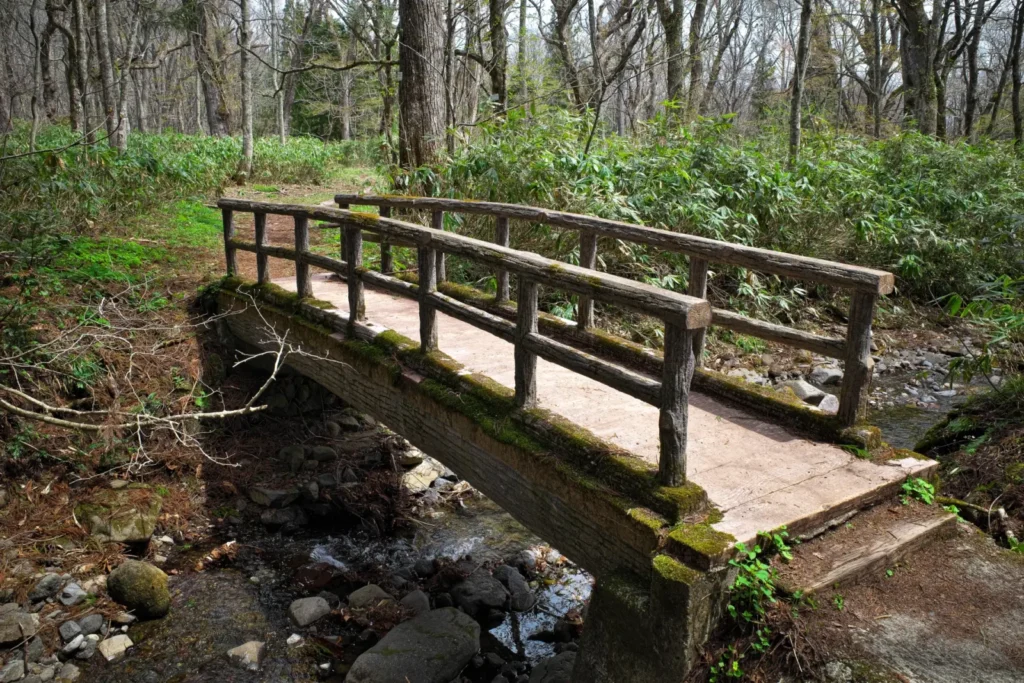
The spiritual importance of the Togakushi Kodo is closely tied to Shugendo, a syncretic religion blending Shinto, Buddhism, and mountain worship. Togakushi was once a major center for mountain ascetic training, and echoes of that past remain in the solemn quiet of the trail, where modern visitors are encouraged to walk in silent reflection. The trail culminates in a final climb to Okusha, a shrine believed to be the sacred seat of Ame-no-Tajikarao, the god of strength, who is said to have thrown open the cave hiding the sun goddess Amaterasu in ancient myth.
3. Stay Overnight at a Traditional Shukubo at Zenkoji Temple
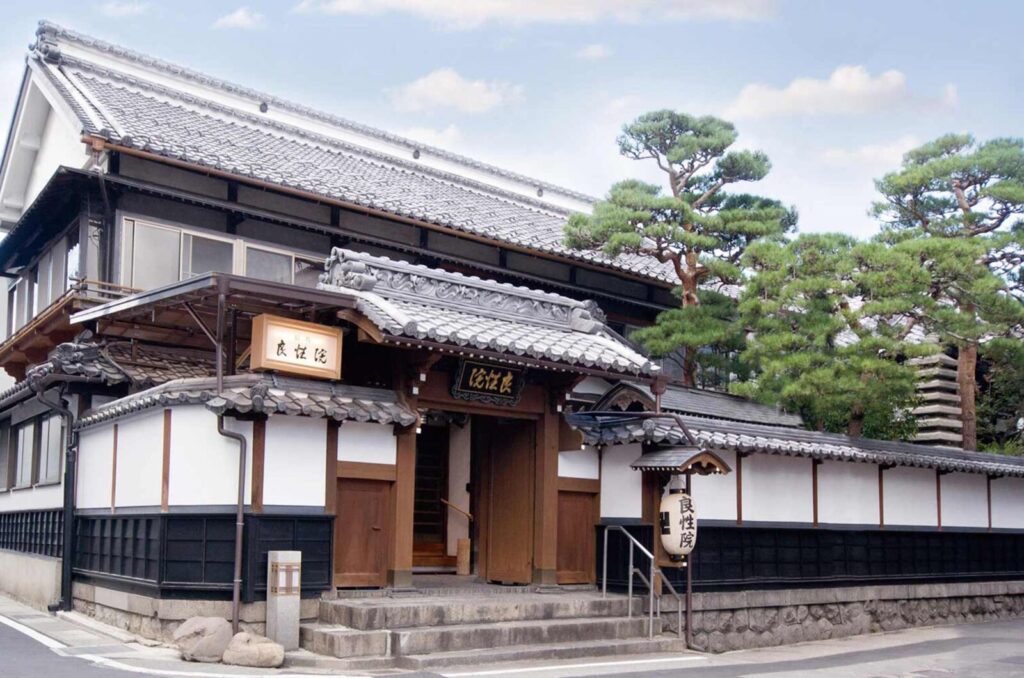
Zenkoji Temple has welcomed pilgrims for over 1,400 years, and its surrounding lodgings have long served travelers on their spiritual journey. Historically, these temple inns were operated by sub-temples and managed by monks or temple families. Today, many continue this tradition by offering warm hospitality in serene, minimalist settings that emphasize calm, cleanliness, and quiet.
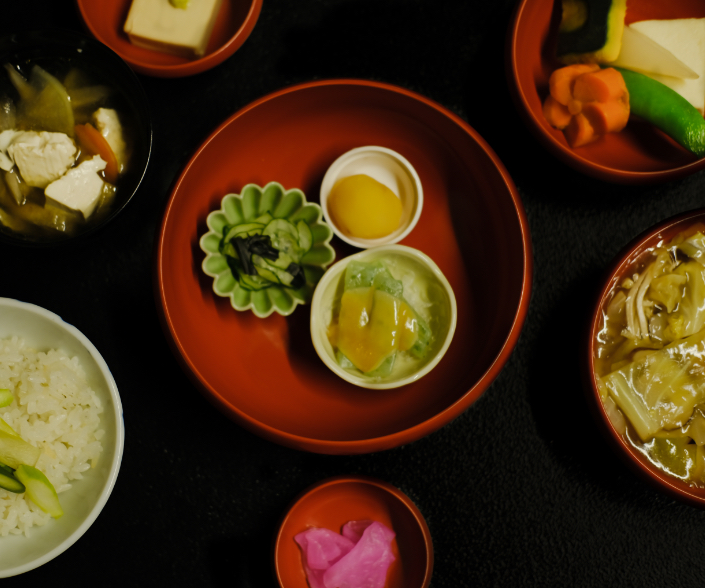
Guests typically stay in simple tatami-matted rooms, often decorated with hanging scrolls, incense, and calligraphy—fostering an atmosphere of contemplation. Shojin ryori (精進料理)—a traditional Buddhist vegetarian meal—is often served for dinner and breakfast, made with seasonal, locally sourced ingredients and prepared without meat, fish, garlic, or onion. These meals not only reflect Buddhist teachings of non-violence and balance but are a culinary experience in their own right.
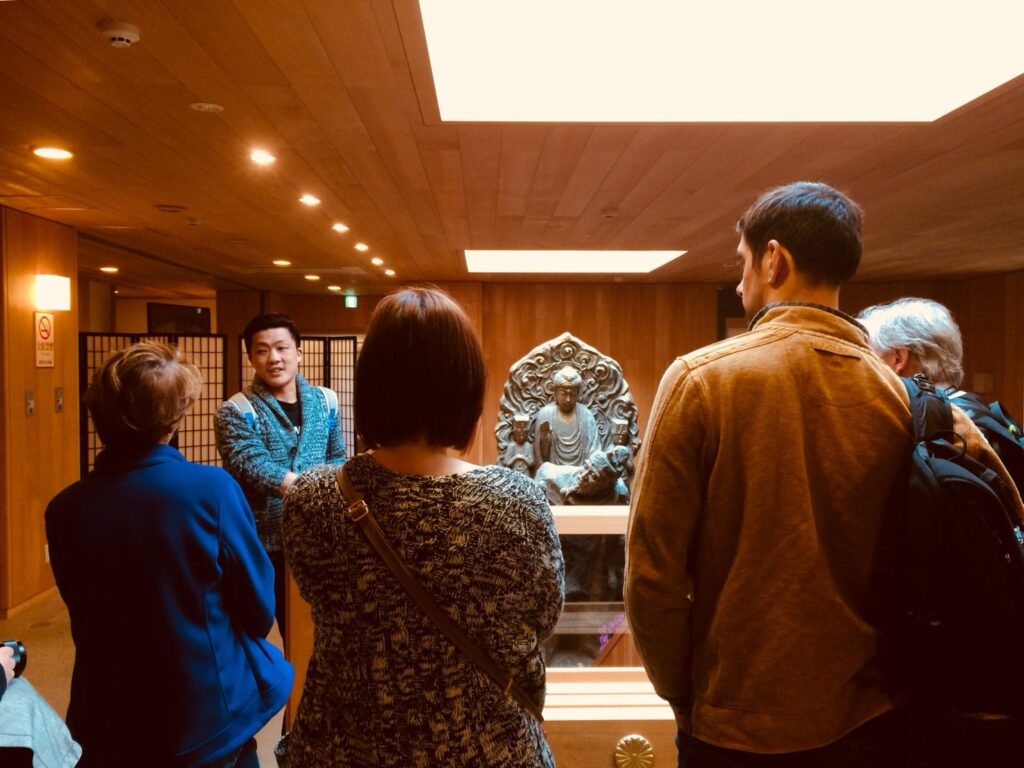
Shukubo stays are open to people of all backgrounds and beliefs. Whether you’re deeply spiritual or simply seeking rest in a peaceful environment, a night in a Zenkoji shukubo provides a meaningful and grounding cultural experience that connects you to centuries of Japanese religious tradition.
Tea Ceremony and Zenkoji Experience Tour with 'Shukubo' Temple Lodging Stay
- Spots:
- Nagano
- Pick-up:
- Nagano City
- Drop-off:
- Nagano City
4. Attend the Rosary Blessing and Morning Service at Zenkoji Temple
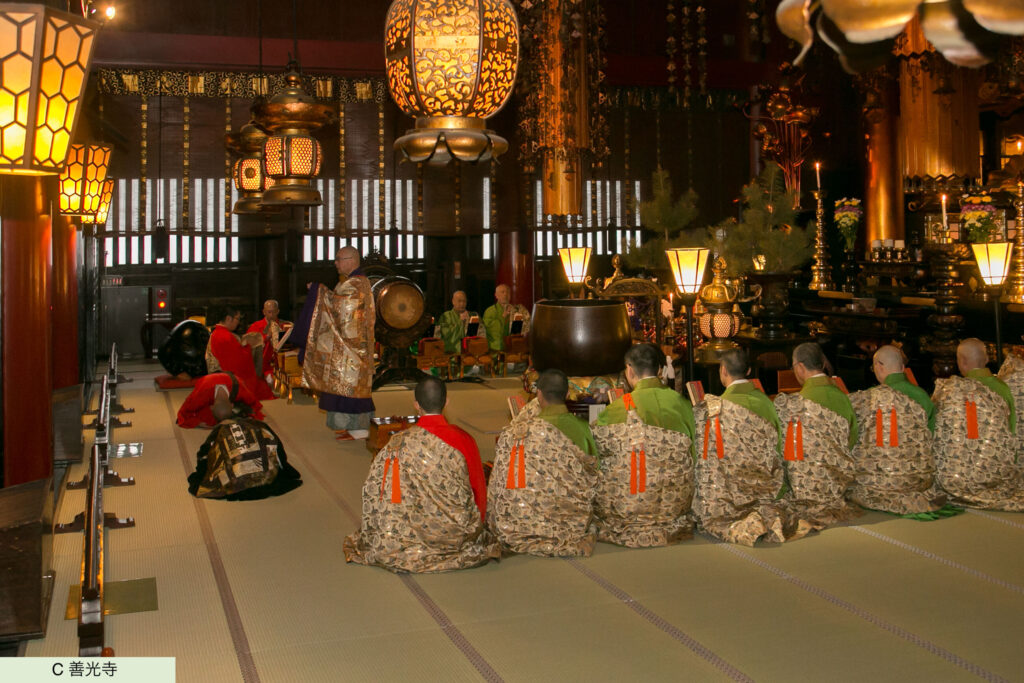
One of the most moving and authentic cultural experiences in Nagano is participating in the Oasaji (お朝事), the morning service at Zenkoji Temple, which takes place every day of the year—rain, snow, or shine—before sunrise. This ancient ceremony is one of Japan’s few remaining daily temple rituals that is open to the public and led by high-ranking monks from both of Zenkoji’s two head priest lineages.
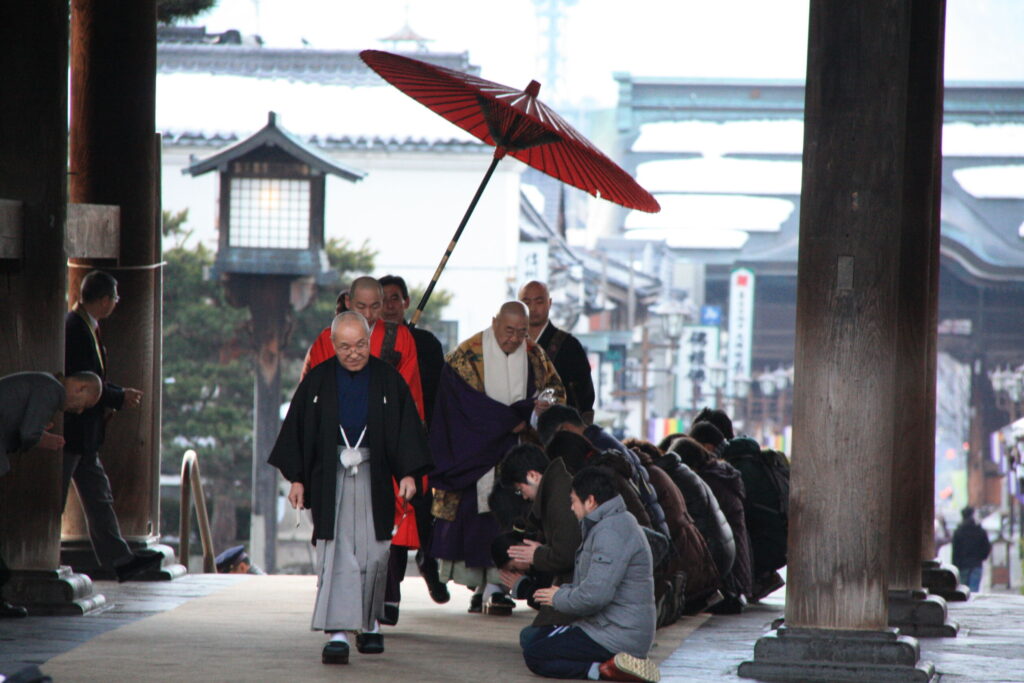
Attending the morning service is not just a passive experience—it is a way to witness and participate in a living tradition that continues uninterrupted for over a millennium. Whether you join the ceremony as a temple guest or as a morning visitor, this moment of spiritual reflection offers a rare and unforgettable window into Japan’s religious heart.
5. Participate in a Traditional Japanese Tea Experience in Nagano
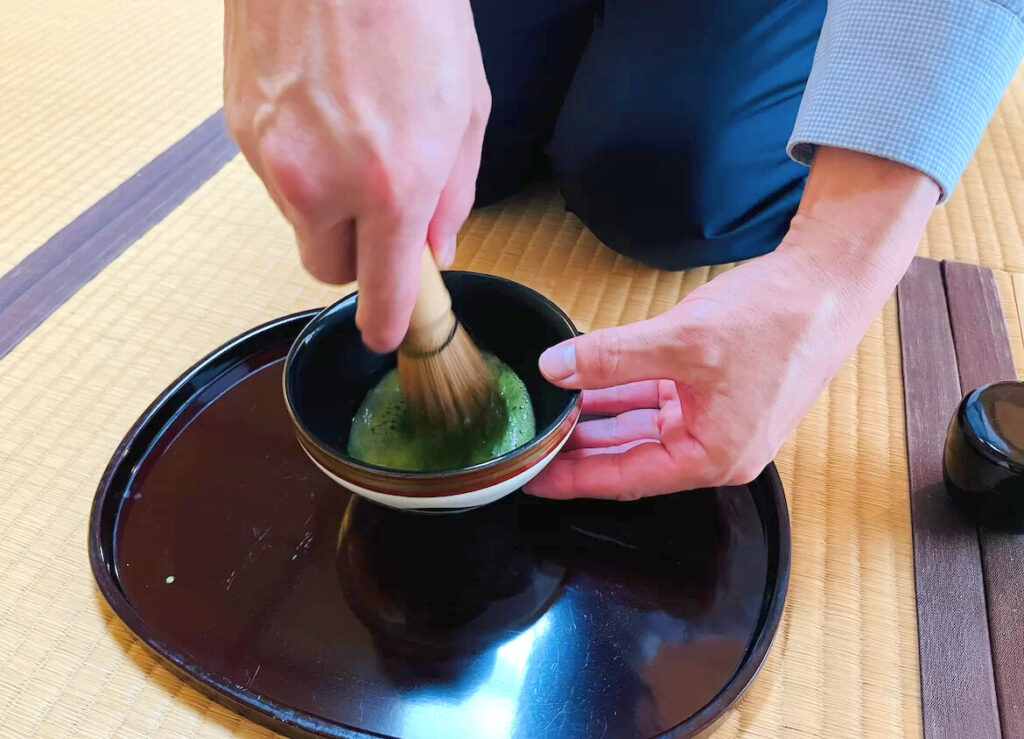
One of the most serene and culturally rich experiences you can enjoy in Nagano is the traditional Japanese tea ceremony, known as sado (茶道)—literally “the Way of Tea.” More than just drinking matcha, this centuries-old practice is a carefully choreographed ritual that brings together aesthetics, mindfulness, etiquette, and hospitality, all within a calm and sacred space. Most tea ceremonies that occurred several hundred years ago had very few participants and lasted several hours, and now ones that are more accessible to everyone are offered, while still emphasizing emphasizing harmony (和), respect (敬), purity (清), and tranquility (寂).
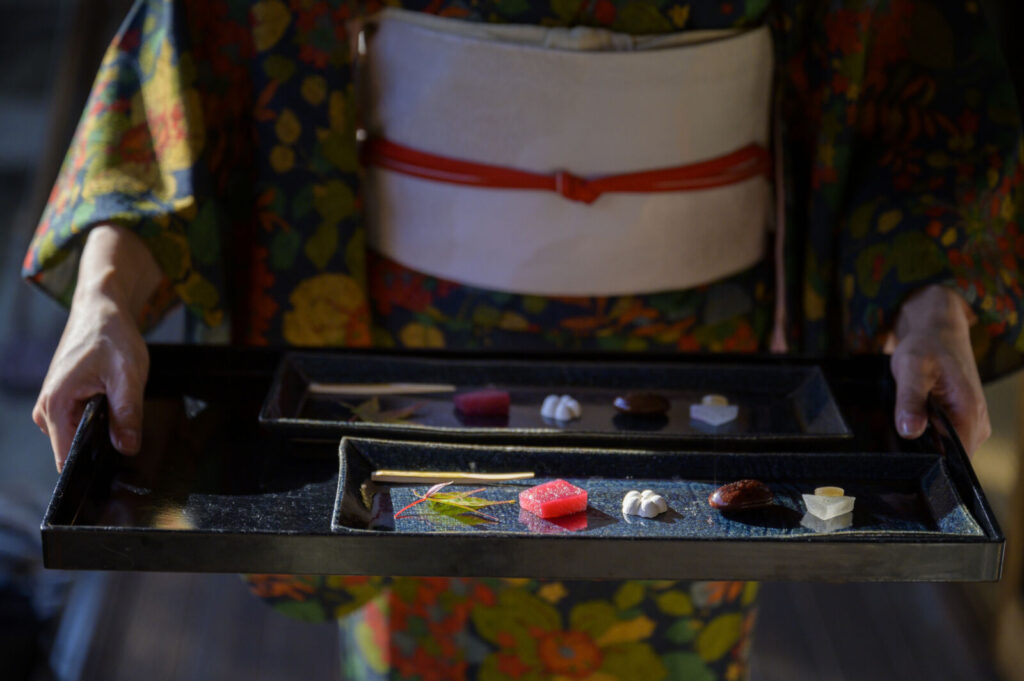
In Nagano, tea ceremonies are offered by skilled practitioners who welcome international guests and offer gentle guidance in the making of their own matcha tea; an ideal opportunity for first-time participants. Whether held in a private tea room, temple, or garden setting, the experience encourages a kind of meditative presence and deep cultural appreciation, paired with local Japanese traditional sweets.
Half-Day Zenkoji Tour with Tea Ceremony
- Spots:
- Nagano
- Pick-up:
- Nagano City
- Drop-off:
- Nagano City
6. Witness the Goma Fire Ceremony: Purification Through Sacred Flame
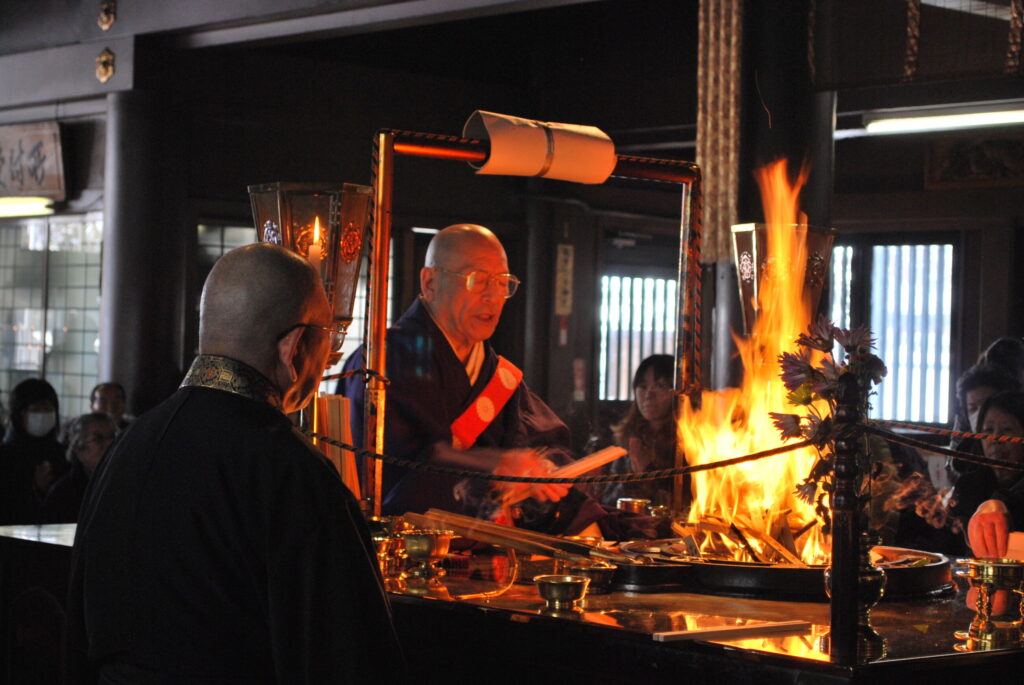
Run several times a day and conducted within the peaceful and reflective Daikanjin compound of Zenkoji Temple, participants in fire prayer will be led by a resident monk. Rooted in esoteric Shingon Buddhism, the Goma (護摩) rite involves the ceremonial burning of wooden sticks (gomagi) to symbolize the destruction of negative energies, worldly desires, and obstacles in one’s path, purifying ones wish.
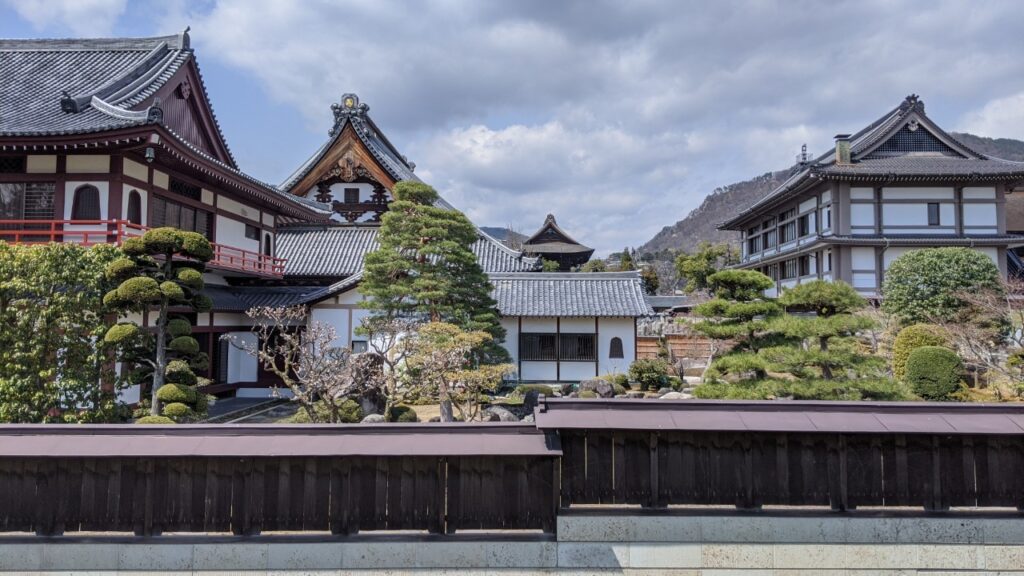
During the ceremony, a priest dressed in traditional robes chants sutras and strikes a taiko drum as a sacred fire is kindled. Flames rise dramatically while wishes written on wooden tablets are offered to the fire. The energy in the room is palpable—intense, purifying, and deeply atmospheric. The ritual is believed to cleanse the spirit, grant protection, and invite blessings from Fudō Myōō, the fierce Wisdom King and protector deity who embodies inner strength and spiritual discipline.
Tea Ceremony and Zenkoji Experience Tour with 'Shukubo' Temple Lodging Stay
- Spots:
- Nagano
- Pick-up:
- Nagano City
- Drop-off:
- Nagano City
7. Step into Samurai Culture in Historic Matsushiro
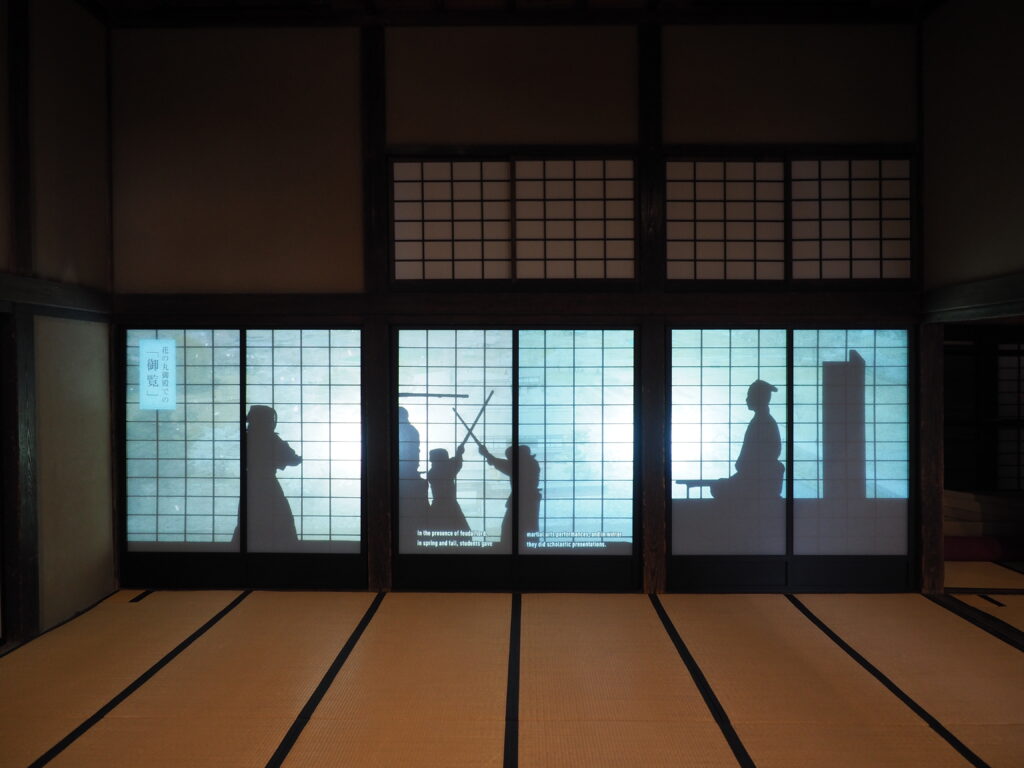
Just a short distance from central Nagano City lies Matsushiro, a former samurai stronghold that once served as the seat of the Sanada clan, one of Japan’s most revered warrior families. Unlike more commercialized historic districts, Matsushiro has preserved its authentic Edo Period atmosphere—making it the perfect place to dive into Japan’s samurai traditions and heritage. Nearby, preserved buildings like the Sanada Residence, Bunbu Gakko (a samurai school for both martial and scholarly arts), and former samurai homes give an intimate look at the lifestyle and values of Japan’s warrior class.
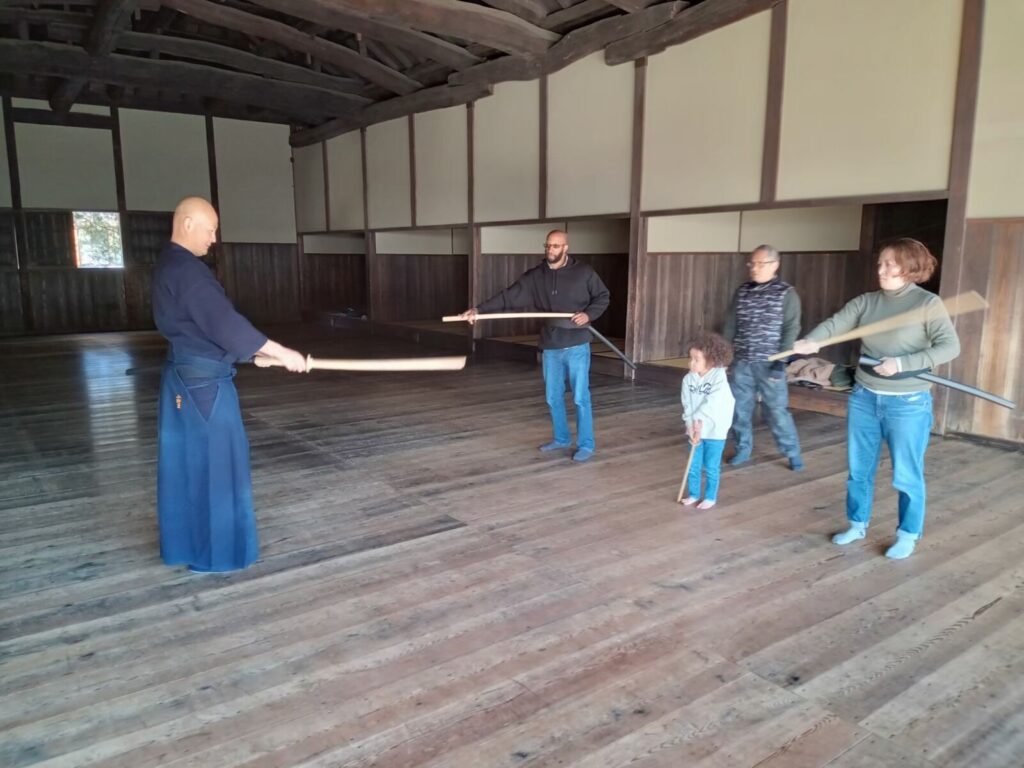
What makes Matsushiro truly special is the chance to go beyond sightseeing and actively experience samurai culture. Guests can take part in hands-on activities such as wearing traditional samurai armor, practicing kendo or iaido sword movements, and even trying out calligraphy, which was a vital discipline for any educated warrior. Local guides—often in period dress—help explain the etiquette, spiritual outlook, and disciplined mindset that shaped the samurai way of life.
New Tour
2-Day Tour: Snow Monkeys, Samurai Experience & Zenkoji 'Shukubo' Stay
- Spots:
- NaganoSnow Monkey
- Pick-up:
- Nagano City
- Drop-off:
- Nagano City
8. Practice Zazen Meditation: Still the Mind in a Traditional Temple
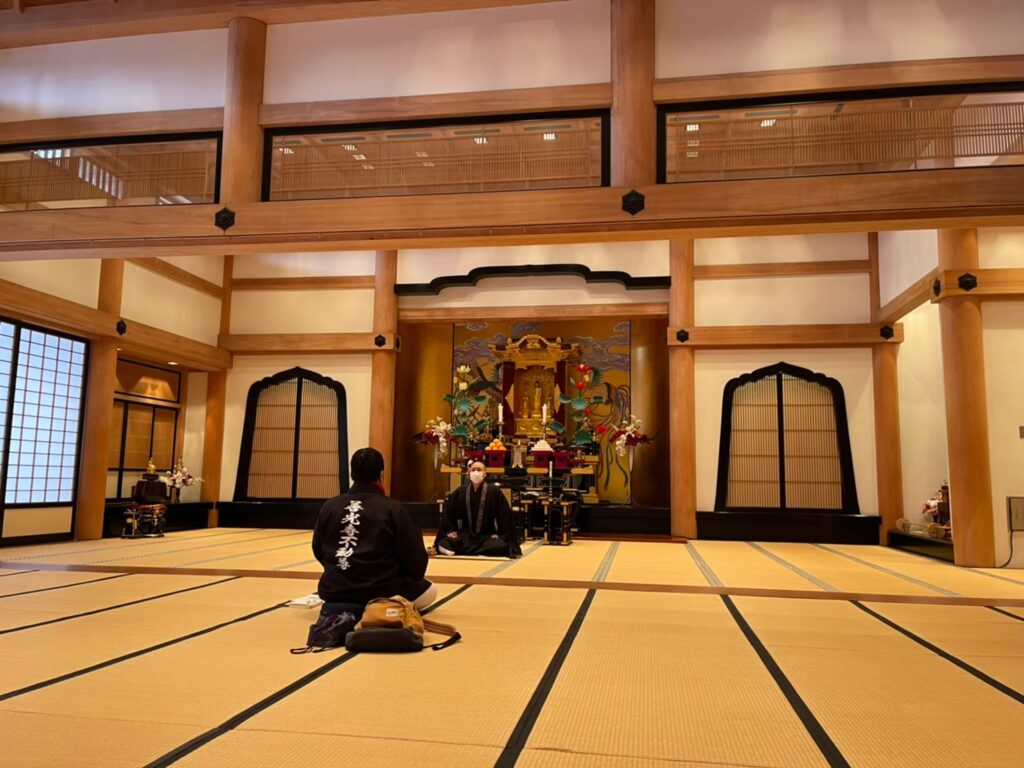
Deep within the quiet halls of Nagano’s temples, zazen (seated Zen meditation) offers travelers the rare opportunity to experience Japanese spirituality in its most distilled form. This ancient practice, central to Zen Buddhism, encourages you to observe your breath, still your thoughts, and cultivate awareness through silent sitting. Participants sit cross-legged, hands gently resting in the cosmic mudra, with eyes partially closed.
Instructors may guide beginners on focusing their breath or posture, and during longer sessions, monks may gently tap participants’ shoulders with a keisaku stick—a traditional reminder to return to the present moment. In a world filled with distractions, practicing zazen offers a quiet, introspective break from travel.
9. Make and Taste Togakushi’s Legendary Soba Noodles
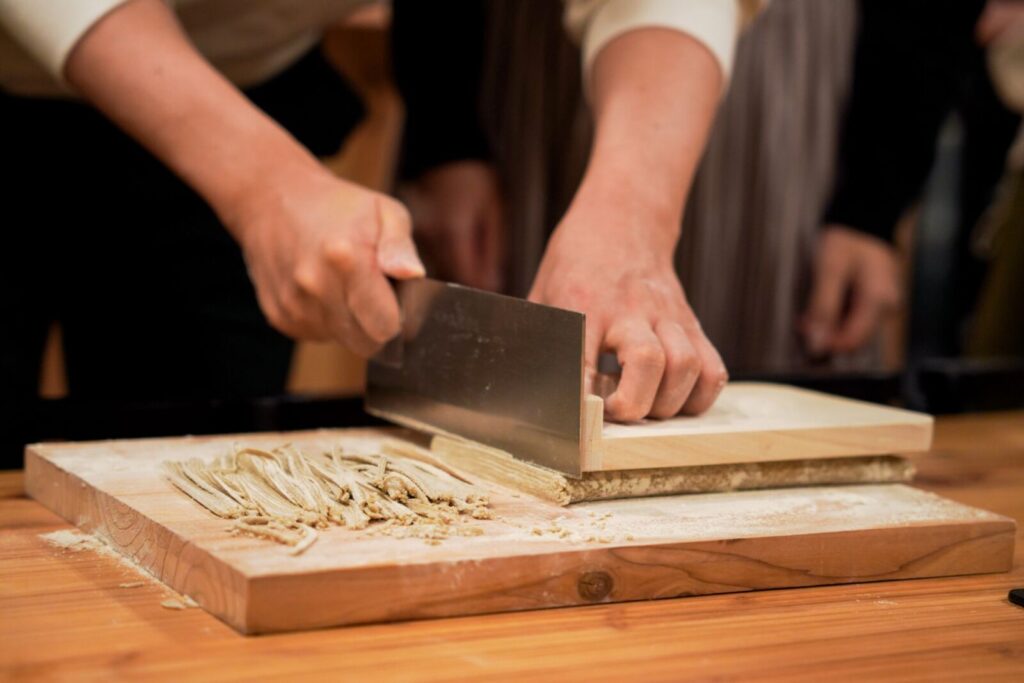
Tucked into the forested highlands above Nagano City, Togakushi is not only known for its sacred shrines and mythological ninja legends, but also for producing some of Japan’s finest soba (buckwheat) noodles. Thanks to its pristine mountain water, high elevation, and cool climate, Togakushi has cultivated a centuries-long reputation for soba craftsmanship—and you can experience it firsthand by learning how to make the noodles yourself.
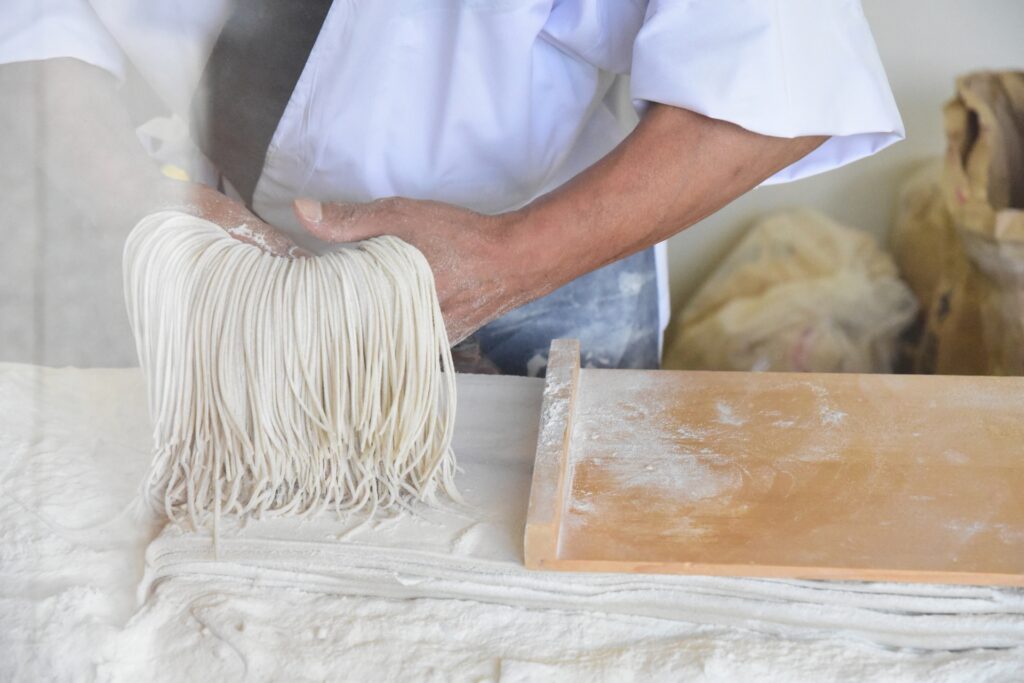
The Togakushi soba making experience introduces you to every step of the process, from kneading the buckwheat flour into dough to rolling it thin and cutting it into delicate strands using traditional soba knives. Guided by local masters, the experience takes place in a warm and welcoming setting, where generations of soba-making tradition are passed down with hands-on instruction and personal stories, impressing upon you the importance of this local food.
1-Day Togakushi Legends Tour: Hands-on Soba Noodles, Ninja Village, and Hidden Shrines
- Spots:
- NaganoTogakushi
- Pick-up:
- Nagano City
- Drop-off:
- Nagano City
10. Attend a Seasonal Festival or Local Religious Ceremony in Nagano
Nagano’s cultural calendar is marked by unique festivals that illuminate the region’s rich religious heritage and community spirit. The Tomyo Lantern Festival (灯明祭り), held annually at Zenkoji Temple in February, bathes the temple grounds in hundreds of glowing lanterns, creating a magical, meditative atmosphere that honors ancestors and prayers for peace. The Ebisuko Fireworks Festival, held at the banks of the Sai River in Nagano, lights up autumn night on November 23rd with spectacular fireworks displays celebrating the god Ebisu, one of the seven lucky gods!
1-Day Tour: Snow Monkeys & Zenkoji Tomyo Lantern Festival
- Spots:
- NaganoSnow MonkeyHakuba
- Pick-up:
- Nagano CityHakuba
- Drop-off:
- Nagano CityHakuba
Recommended
[NOV 23 ONLY] 1-Day Tour: Ebisu-ko Fireworks Festival & Snow Monkeys
- Spots:
- NaganoSnow Monkey
- Pick-up:
- Nagano City
- Drop-off:
- Nagano City
Enhance Your Journey with a Guided Tour in Nagano

Exploring Nagano’s rich tapestry of religious traditions and cultural experiences is deeply rewarding—but experiencing them with expert guidance takes your journey to a whole new level. Our knowledgeable local guides bring stories, history, and hidden details to life, helping you connect more meaningfully with sacred sites like Zenkoji Temple, the Togakushi Kodo pilgrimage trail, and authentic cultural activities.
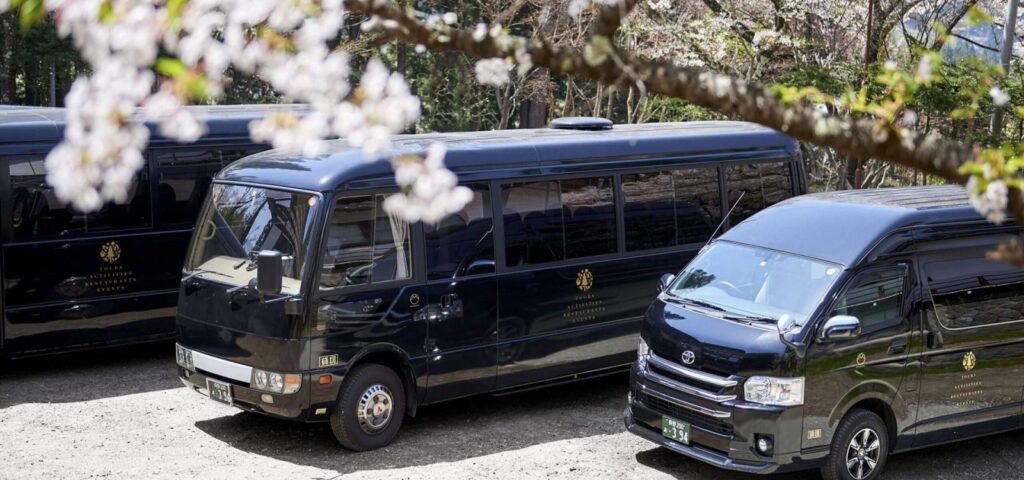
Whether you seek a peaceful meditation session, a hands-on soba-making workshop, or a deep dive into samurai heritage, our tailored guided tours ensure you won’t miss a moment. We handle all the logistics, provide insider access, and create a comfortable, immersive experience designed around your interests.
Join us in Nagano to unlock the full spirit of this extraordinary region. Book a guided tour today and transform your visit from sightseeing into an unforgettable cultural adventure.






